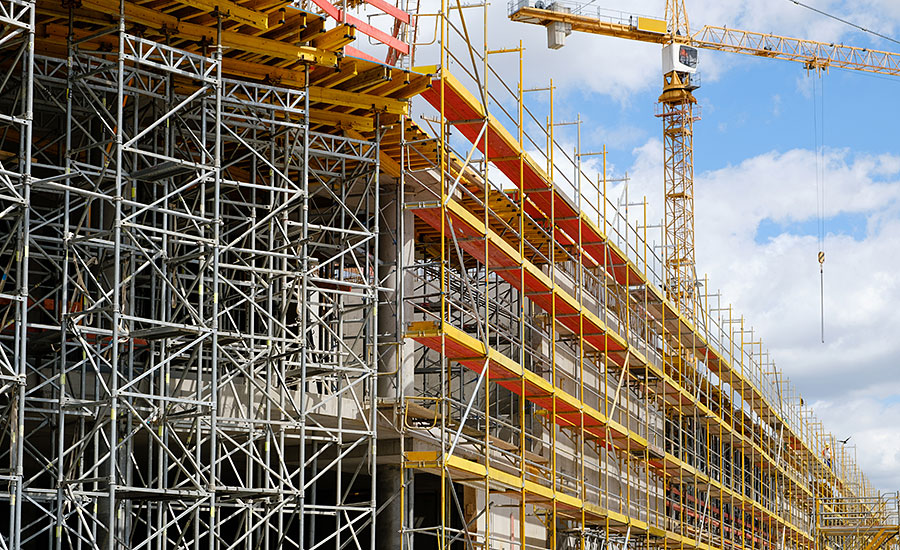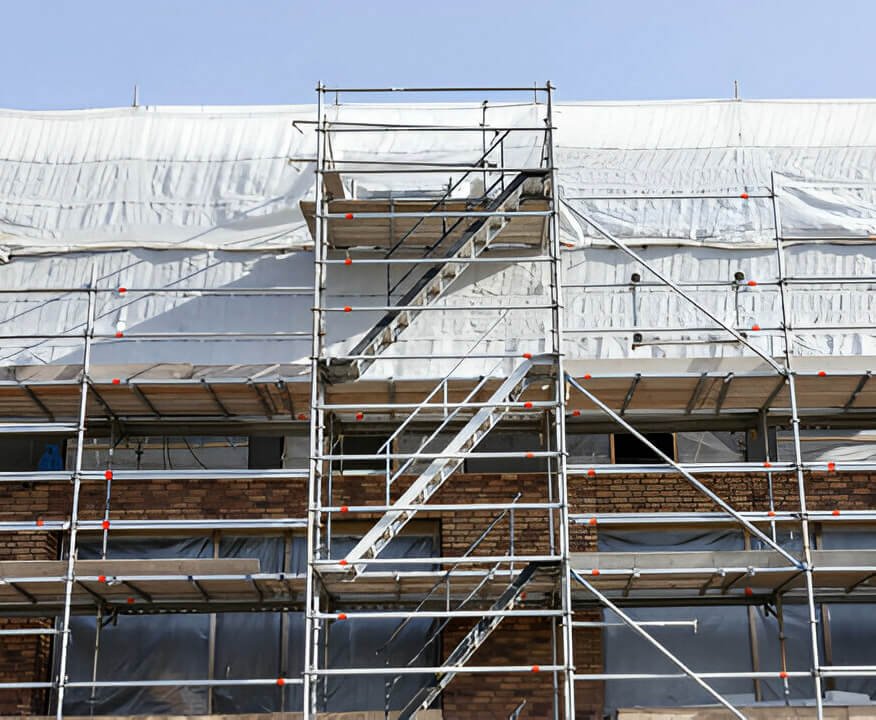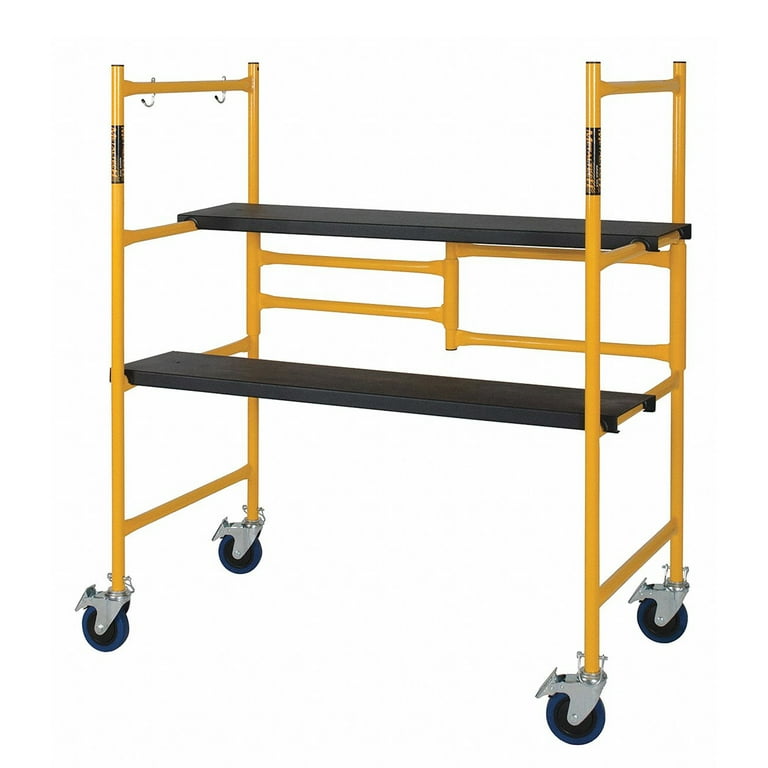Choosing a Local Scaffolding Company for Reliable and Timely Service
Choosing a Local Scaffolding Company for Reliable and Timely Service
Blog Article
A Comprehensive Overview to the Vital Features of Scaffolding in Modern Building And Construction
The landscape of modern-day building increasingly relies upon efficient scaffolding systems that prioritize efficiency, safety and security, and development. As projects expand in intricacy, understanding the essential functions of scaffolding becomes important for ensuring worker safety and security and enhancing task timelines. This guide checks out various types of scaffolding, highlights essential safety and security features, and takes a look at product developments that add to performance and sustainability. The ramifications of these elements extend far past mere building methods, prompting a better look at exactly how they affect overall project success and worker well-being.
Kinds Of Scaffolding
Although scaffolding systems can differ extensively in layout and application, they normally fall right into numerous unique classifications that deal with various building needs - Scaffolding. The most typical types consist of supported scaffolding, suspended scaffolding, and rolling scaffolding
Sustained scaffolding consists of systems supported by a structure of posts, which provide a secure and elevated working surface area. This type is generally utilized for jobs that need considerable elevation, such as bricklaying or outside paint.
Suspended scaffolding, alternatively, is utilized for jobs calling for access to high altitudes, such as cleansing or repairing building facades. This system hangs from one more framework or a roof, enabling employees to reduced or elevate the platform as needed.
Rolling scaffolding attributes wheels that enable easy movement throughout a work website. It is particularly helpful for jobs that call for constant moving, such as interior operate in large areas.
Each sort of scaffolding is created with details applications in mind, guaranteeing that building and construction tasks can be performed efficiently and effectively. Comprehending these classifications is critical for picking the proper scaffolding system to satisfy both task needs and website problems.
Trick Safety And Security Attributes
Security is critical in scaffolding systems, as the prospective dangers related to working at heights can lead to serious accidents if not effectively managed. Trick safety and security attributes are necessary to ensure the health of employees and the integrity of the construction website.
Most importantly, guardrails are essential. These barriers supply a physical secure against falls, significantly reducing the threat of severe injuries. Furthermore, toe boards are typically used to prevent devices and products from falling off the scaffold, shielding employees below.
Another crucial element is using non-slip surface areas on platforms. This attribute improves grip, specifically in negative climate condition, thus minimizing the probability of slips and drops. Accessibility ladders ought to be firmly positioned to promote risk-free access and exit from the scaffold.
Normal evaluations and upkeep of scaffolding systems are likewise crucial. These examinations guarantee that all parts are in excellent condition and operating appropriately, dealing with any kind of wear or damages quickly.
Last but not least, proper training for all workers associated with scaffolding operations is vital to make certain that they understand security methods and can identify potential dangers. Scaffolding. Jointly, these functions create a more secure working setting and considerably mitigate threats associated with scaffolding
Material Advancements
Innovations in product science have actually significantly influenced the scaffolding market, improving both security and performance in modern-day construction. The introduction of high-strength steel and aluminum alloys has linked here transformed standard scaffolding systems. These products are not just lighter, making them much easier to assemble and transport, but also provide superior load-bearing capabilities. This results in scaffolding structures that can support greater weights while minimizing the risk of collapse.
Additionally, innovative composite materials, such as fiberglass-reinforced plastics, have become practical options. These materials are resistant to deterioration and environmental destruction, therefore extending the life-span of scaffolding systems, especially in severe climate condition. Making use of such materials adds to lower upkeep expenses and ensures regular efficiency over time.


Style Considerations
Thinking about the intricacies of contemporary building projects, effective scaffolding layout is vital to making sure both functionality and safety. Layout considerations should encompass numerous factors, consisting of tons capacity, elevation, and the details needs of the building and construction site. Each project presents unique challenges, necessitating a flexible method to scaffolding systems that can adapt to differing problems.
Architectural integrity is important; consequently, designers must compute the loads that the scaffolding will certainly support, consisting of employees, materials, and tools. The option of materials plays an important role in making certain the scaffolding can stand up to these tons while remaining light-weight and durable. Furthermore, the design needs to permit very easy accessibility and egress, assisting in the smooth movement visit of products and personnel.
Security attributes, such as guardrails and non-slip surface areas, ought to be integrated to decrease risks of mishaps. The design has to consider the surrounding atmosphere, including nearby frameworks and potential risks. By attending to these design considerations, building companies can enhance the performance of scaffolding systems and advertise a much safer working setting, ultimately adding to the general success of the project.
Upkeep and Examinations
The efficiency of scaffolding systems expands past first design and application; recurring upkeep and regular evaluations are essential to ensuring their continued performance and security throughout the duration of a job. Routine evaluations should be conducted by certified employees to determine any type of signs of wear, damage, or instability that could compromise the honesty of the scaffolding.
Upkeep methods need to consist of regular checks of architectural elements, such as installations, slabs, and frames, ensuring that all components stay cost-free and protected from corrosion or various other degeneration. Furthermore, the capability of security features, such as guardrails and toe boards, have to be examined to guarantee compliance with safety guidelines.
Documentation of all assessments and maintenance tasks is vital for accountability and governing compliance. A methodical approach to record-keeping not only help in tracking the condition of the scaffolding yet likewise gives required proof in case of an incident.
Eventually, developing an extensive upkeep and evaluation timetable will dramatically decrease the risk of mishaps and enhance the total security of the construction website. By scaffolding vygotsky example focusing on these methods, building managers can guard workers and maintain the task's honesty.

Final Thought
Finally, the vital functions of scaffolding in contemporary construction encompass a series of critical elements, consisting of varied kinds, crucial security devices, material developments, and thoughtful layout factors to consider. Highlighting security via guardrails and non-slip surface areas, along with innovations in products like high-strength steel, enhances both performance and sustainability. Moreover, normal upkeep and assessments are important for ensuring structural honesty and safety on construction websites, ultimately facilitating reliable project implementation and advertising the health of employees.
The landscape of modern-day construction progressively depends on effective scaffolding systems that prioritize efficiency, technology, and security.Improvements in material scientific research have dramatically influenced the scaffolding sector, enhancing both safety and security and effectiveness in modern-day construction. In general, these product technologies not just improve the efficiency and safety of scaffolding systems however additionally straighten with the sector's push towards sustainability, as several contemporary products are created to be more environmentally pleasant.
Thinking about the intricacies of modern-day building and construction tasks, efficient scaffolding design is vital to ensuring both performance and safety and security.In conclusion, the necessary features of scaffolding in modern-day building and construction encompass a range of vital elements, including diverse types, crucial security systems, product innovations, and thoughtful design factors to consider.
Report this page